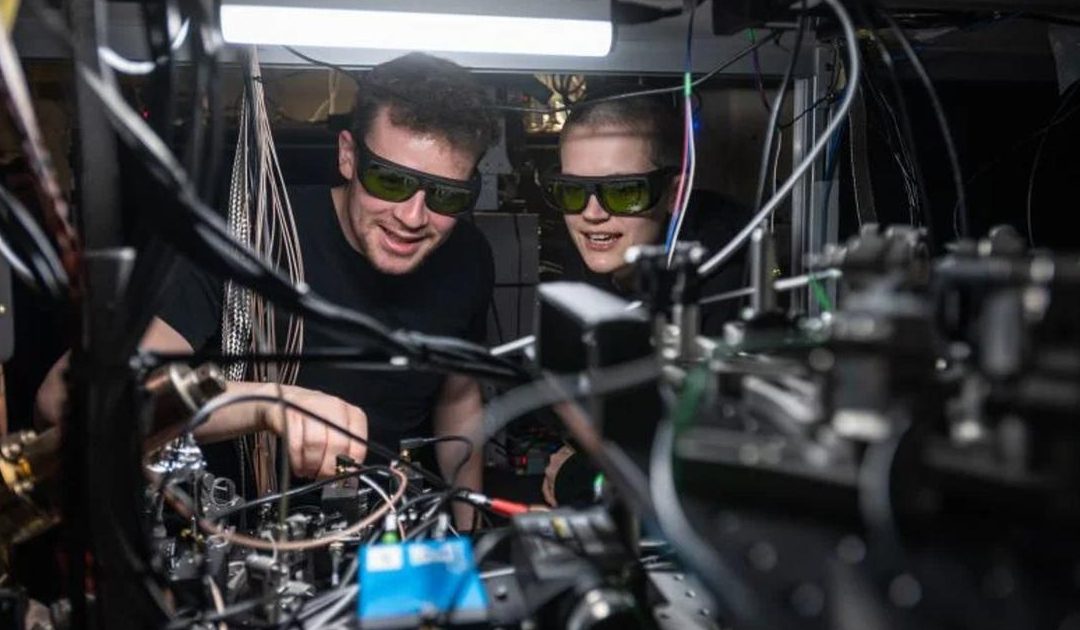A team of researchers from Oxford University may have just taken a huge step toward making teleportation a real possibility—not for humans yet, but for quantum data. Their experiment marks a major breakthrough in computing and physics.
There are a few things in life we all accept as fact—everyone eventually dies, the sky is blue, and teleportation belongs in science fiction.
Well, that last one may no longer be entirely true. A team of researchers from the University of Oxford, UK, has managed to use a quantum computer to achieve a form of teleportation.
It sounds like something ripped straight from the pages of a sci-fi novel—or maybe even the Mighty Morphin Power Rangers.
It took me nearly three decades to realize that’s the full name of the classic kids’ show. But that’s nothing compared to the 138 years it has taken scientists to turn teleportation from theory into reality.
So how exactly have these brilliant minds brought teleportation to life?
They used photons—particles of light—and successfully transferred quantum data between two separate devices. However, it’s important to clarify that this isn’t teleportation in the way we see it in movies. No physical objects are being transported—just information.
Oxford University shared more about the breakthrough in a media release: “In a milestone that brings quantum computing tangibly closer to large-scale practical use, scientists at Oxford University’s Department of Physics have demonstrated the first instance of distributed quantum computing.”

Could we all soon be teleporting ourselves soon?
Getty stock images
“Using a photonic network interface, they successfully linked two separate quantum processors to form a single, fully connected quantum computer, paving the way to tackling computational challenges previously out of reach. The results have been published in Nature.”
Quantum computing has been studied for decades, but it’s only in recent years that advancements in technology have allowed scientists to push its potential further.
The study, titled ‘Distributed quantum computing across an optical network link’, outlines how the experiment successfully connected two separate quantum computing modules using a photonic network.

Quantum computing has made teleportation a reality
Getty stock
The two modules were placed about two meters apart. Each one contained its own set of specialized qubits—one for network communication and another for quantum circuit operations.
The study detailed their findings: “By using heralded remote entanglement between the network qubits, we deterministically teleport a controlled-Z (CZ) gate between two circuit qubits in separate modules, achieving 86% fidelity,”
To evaluate their success, the researchers examined existing quantum computing models and measured how accurately their system maintained the entangled state. Their first teleportation attempt achieved a fidelity of 71 percent—not perfect, but still an impressive start. Notably, this early attempt did not even rely on photons.
The researchers noted: “As photons can be interfaced with a variety of systems, the versatile DQC [distributed quantum computing] architecture demonstrated here provides a viable pathway towards large-scale quantum computing for a range of physical platforms.”
Commenting on the achievement, Professor David Lucas from the UK Quantum Computing and Simulation Hub emphasized the significance of their work: “Our experiment demonstrates that network-distributed quantum information processing is feasible with current technology.”
However, challenges remain. As he pointed out: “Scaling up quantum computers remains a formidable technical challenge that will likely require new physics insights as well as intensive engineering effort over the coming years.”

